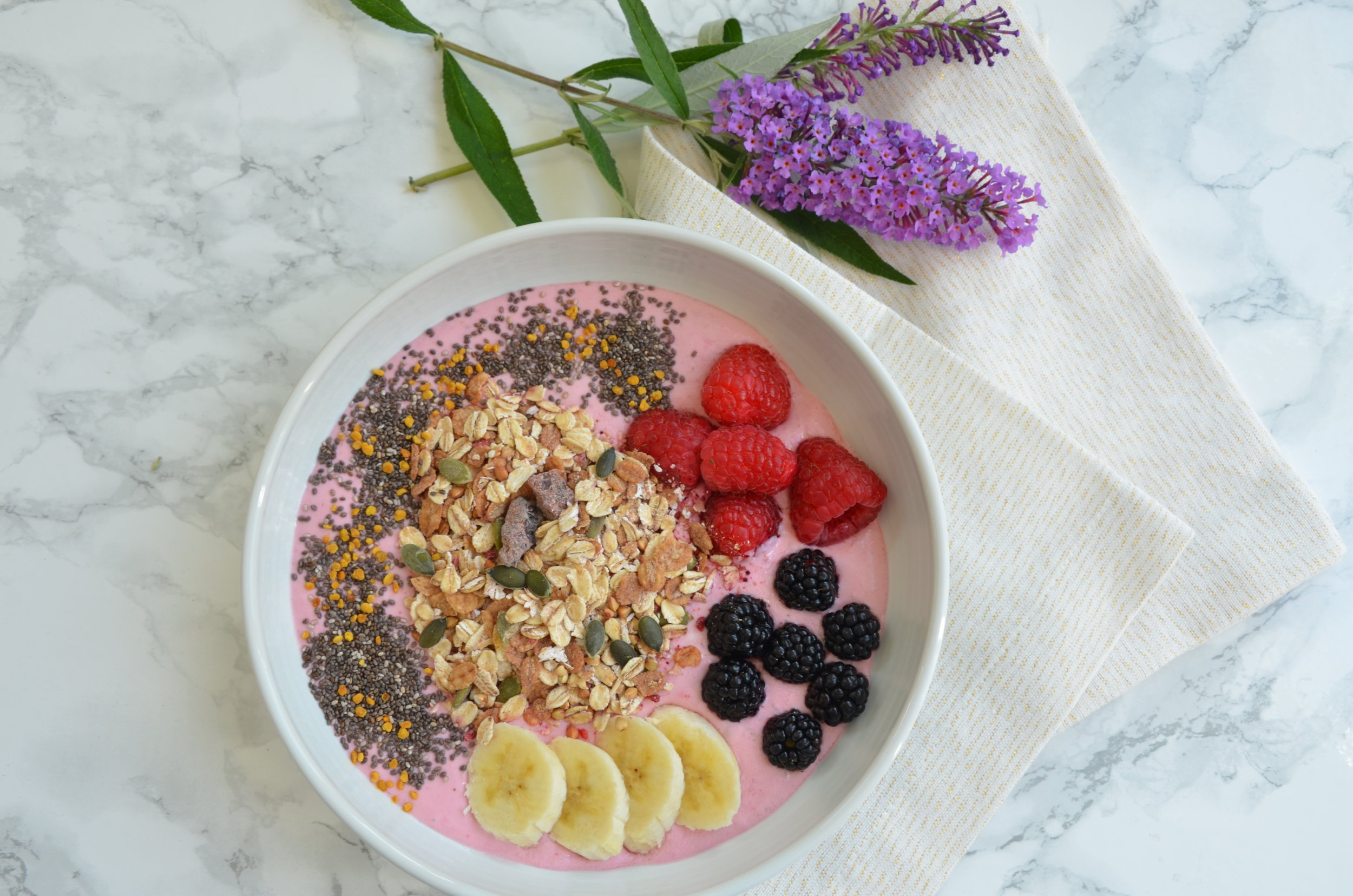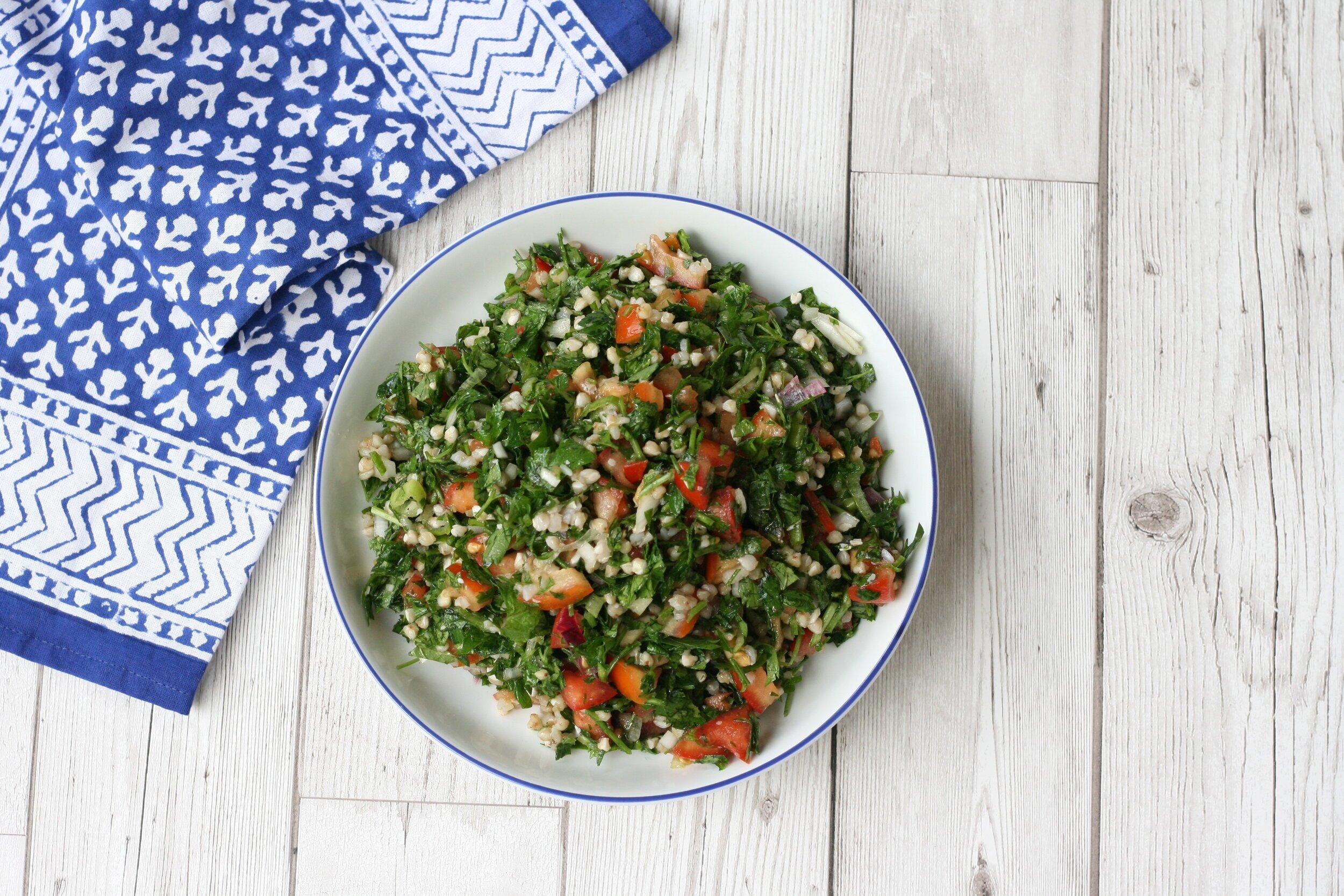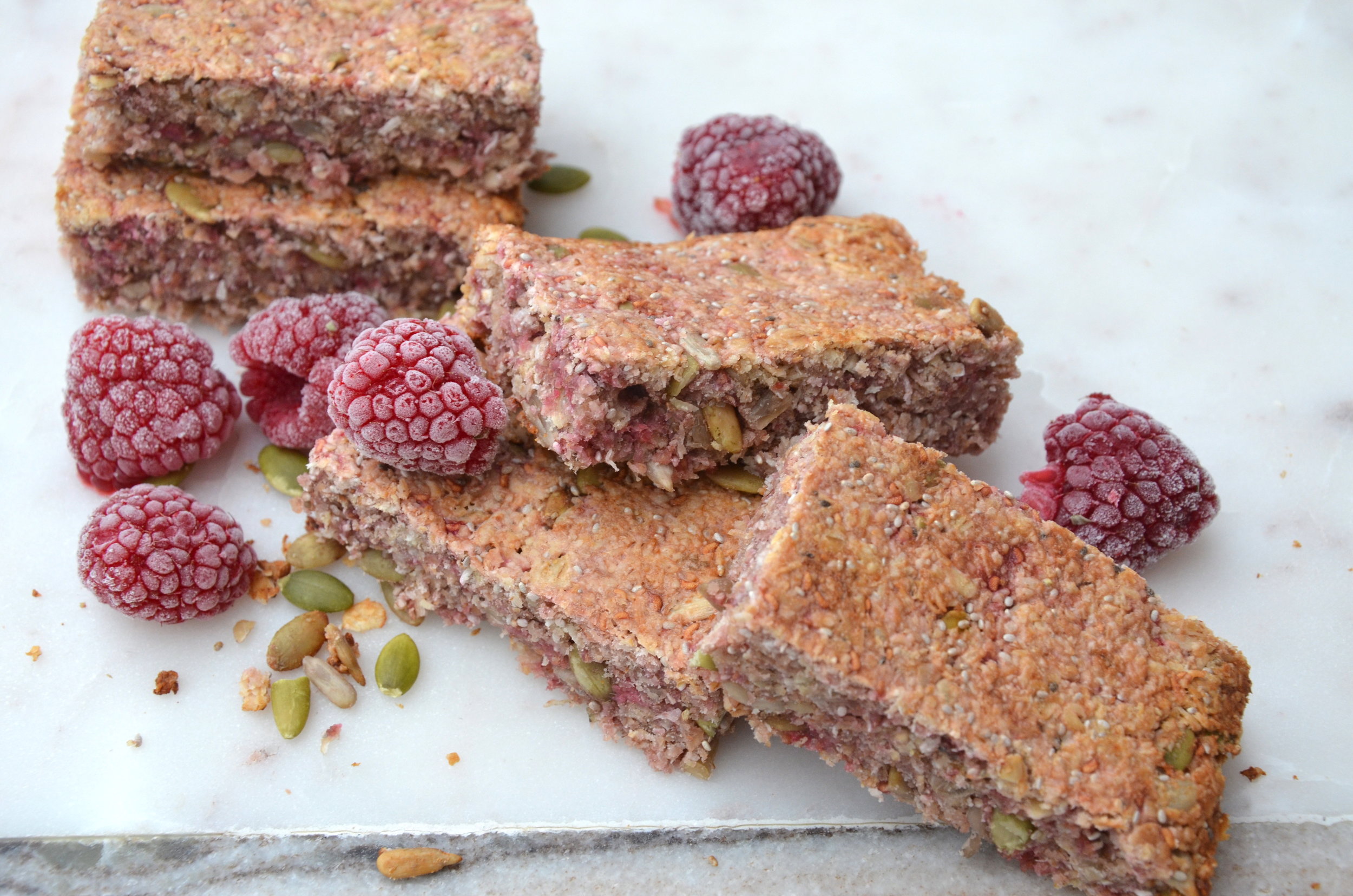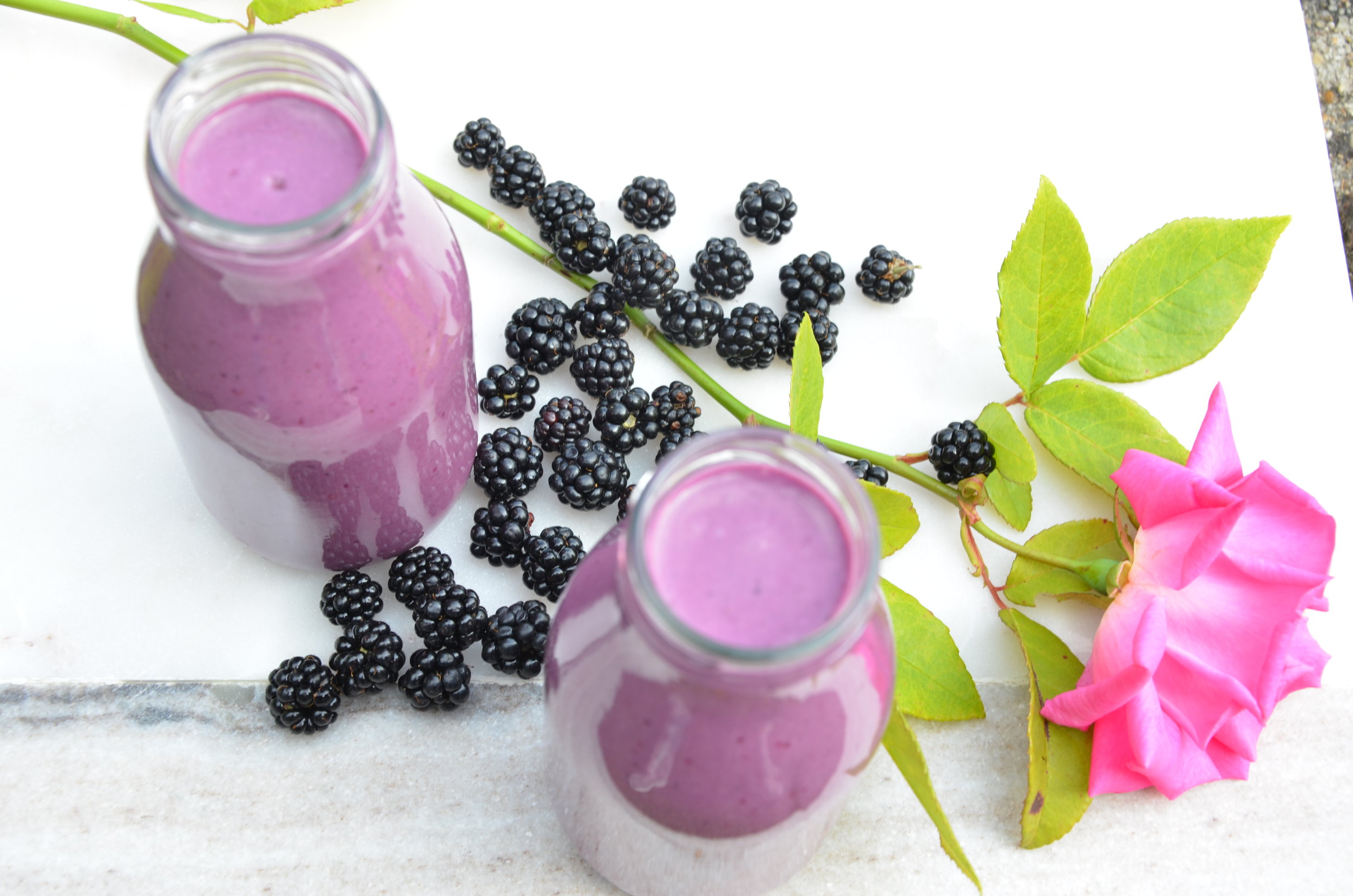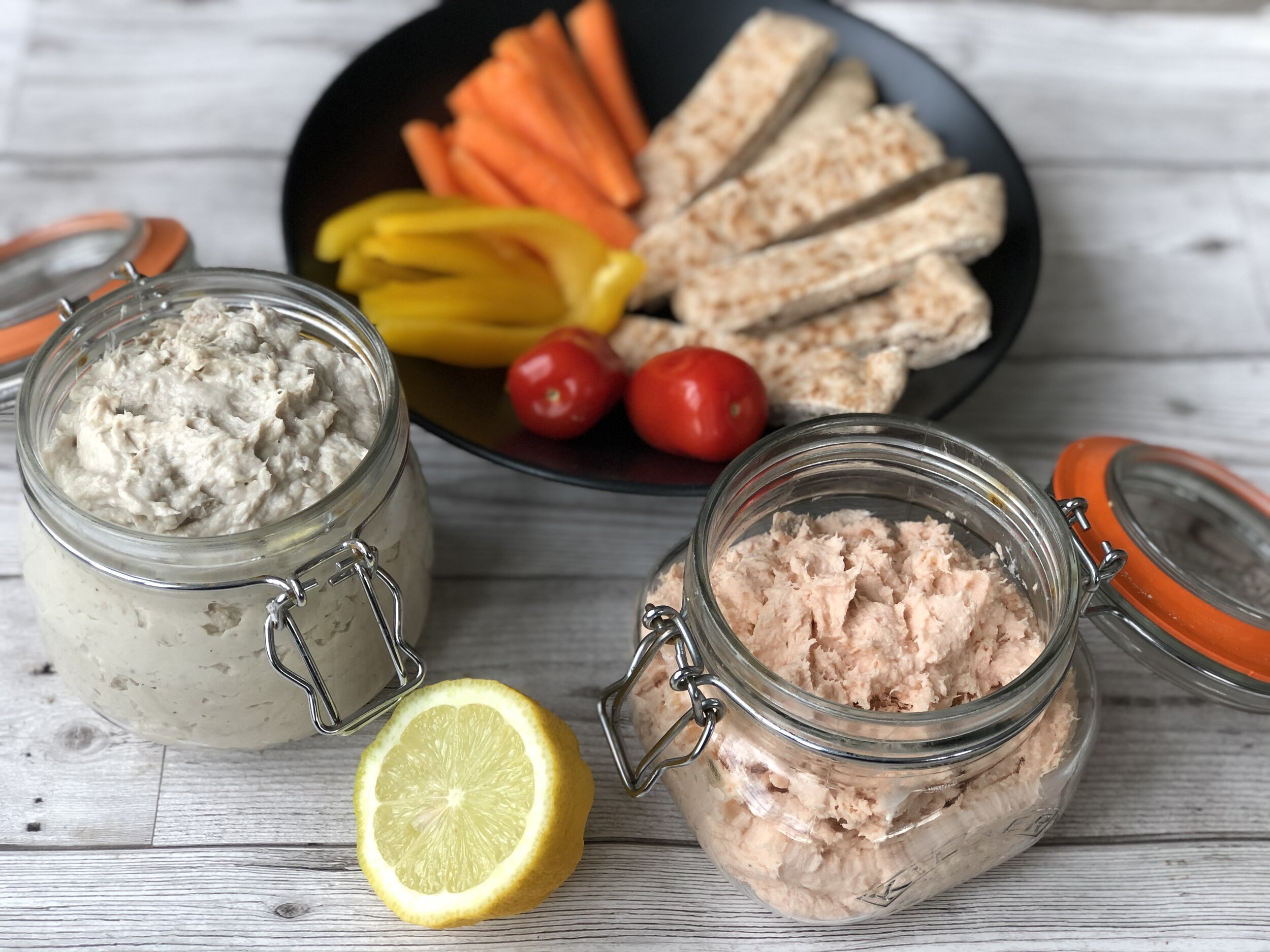fat soluble vitamins
If you follow us on Instagram you will know that we recently posted a series called Nutrient Spotlight, where we took each vitamin and mineral in turn and spoke of how it is used in our body, why we need it and any symptoms of deficiency - also most importantly how you can find these nutrients in your food. The series was so popular that we have added them to our blog so you'll be able to access them easily. This week we spotlight the fat soluble vitamins – Vitamins A, D, E and K. It's very important to remember that these vitamins are stored in our body (in the liver) and so it's very easy to reach high and potentially toxic levels.
Vitamin A
Vitamin A refers to a broad group of nutrients of which there are two types - Retinoids found in animal foods and Carotenes found in plant foods. Vitamin A is stored predominantly in the liver.
Vitamin A is needed for vision, immunity, cell growth and reproduction.
An insufficiency in vitamin A would manifest in an increased susceptibility to infectious diseases. The earliest signs of deficiency signs are vision problems such as problems with green light sensitivity and the inability to adapt to dim light followed by night blindness. Other signs include hyperkeratosis (which is bumps on the upper arm skin), dry eye conditions, rough skin, eczema, dry hair and poor sense of smell and taste. .
Zinc is vital for the transport of vitamin A. The oral contraceptive pill and alcohol reduce vitamin A status.
Food sources of vitamin A can be obtained in two different forms: from animal products and also from the carotenes in vegetables, which are converted to retinol in the body.
The best animal sources are
liver
egg yolks
whole milk
butter
The best plant sources are
carrots
red pepper
spinach
mango
apricots
sweet potato
dark green leafy vegetables
The darker the depth of colour the more beta-carotene contained. Therefore the outer leaves of a cabbage will contain more than the inner heart.
Vitamin D
Vitamin D is a fat soluble vitamin that is mostly commonly made when the skin is exposed to UV rays in sunlight. In short supply in the UK in winter! It can also be found in low levels in dietary foods, mainly oily fish. There are two forms of vitamin D. D2 which is found in plants and D3 which is found in animals. These are inactive forms and must be converted in the liver and kidneys to the active form of vitamin D.
Vitamin D is essential for bone development and plays an important role in maintaining the calcium/phosphorus balance in the body. Vitamin D is also essential for the immune system and is thought to increase the production of antimicrobials and reduce inflammation.
Insufficiency signs include insomnia, burning in mouth and throat and low birth weight in children. Lack of vitamin D can also cause rickets which is seeing a rise in the UK mainly thought to be due to children spending more time inside and the overuse of suncream.
Vitamin D activity is optimised by vitamin A. Excess calcium in the diet may lower production of vitamin D.
Best sources
cod liver oil
swordfish
salmon
canned sardines
canned mackerel
As vitamin D is a fat soluble vitamin it is essential to get tested before supplementation. Although you can’t get too much vitamin D from the sun it is very easy to reach toxic levels through supplementation. Therefore I would always get clients tested. The GP will do a test, or privately I recommend Better You or Thriva both involve a simple finger prick test at home.
Vitamin E
Vitamin E includes eight fat soluble compounds with antioxidant activity. The most active form is alpha tocopherol and is found in virtually all cell membranes, particularly in the mitochondrial membrane.
Vitamin E is an antioxidant that protects tissues in the body from free radical damage and helps to support the immune system to help fight off viruses and bacteria.
Severe vitamin E deficiency rarely occurs, but for people who can’t absorb fat they might experience muscle weakness and loss of muscle mass and abnormal eye movements and vision problems.
Dietary, but not supplemental, vitamin E consumption has been shown to reduce the risk of asthma, prostate cancer and cardiovascular disease.
Good dietary sources include
sunflower seeds
almonds
cooked spinach
beet greens
pumpkin
asparagus
avocado
Vitamin E absorption is reduced when vitamin A and beta-carotene are high.
Vitamin E should not be used together with blood thinners such as warfarin and aspirin without medical supervision as it can increase the chance of bleeding.
Vitamin K
Vitamin K is a fat soluble vitamin which helps with blood clotting, cell growth and blood vessel health. The body’s ability to store it is low. Vitamin K1 is found mainly in green leafy vegetables (a little is lost when cooking). Vitamin K2 is found in animal livers, fermented dairy products such as cheese and natto (fermented soy beans). It is also synthesised in the gut by bacteria.
Exclusive breastfed babies are recommended to have extra vitamin K.
Insufficiency systems involve bleeding gums, nose bleeds or easy bruising.
There are several interactions with vitamin K and these include those on Warfarin and other anticoagulants. Antibiotic use may reduce the gut syntheses of vitamin K2.
Dietary sources of K1
kale
spinach
mustard collards
swiss chard
turnip greens’ parsley
broccoli
brussel sprouts
romaine lettuce
Dietary sources of K2 include
natto
meat
dairy
If you are unsure of your nutritional status and would like to speak to a nutritional therapist then go to BANT and search for a local practitioner. I have a clinic in Sevenoaks, Kent - more information on my nutritional consultations page.

